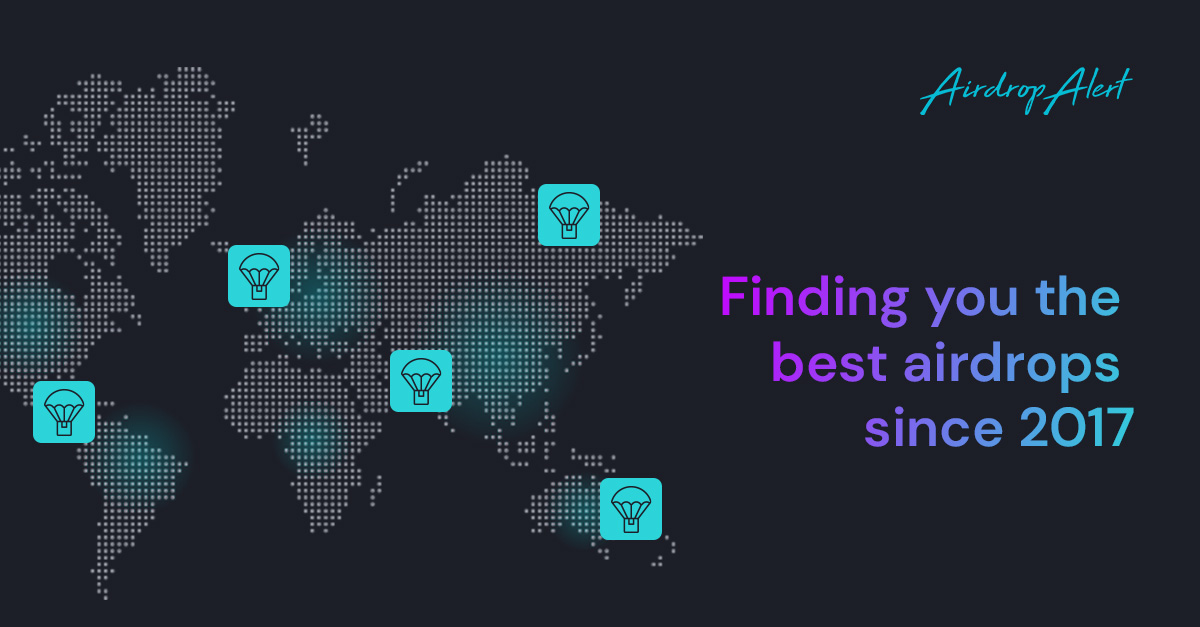The blockchain-cryptocurrency domain marches ahead steadily, with each day bringing the prospect of new protocols and platforms. From smart contracts to crypto bonus programs, there has been a flurry of developments in this space. On this note, AirdropAlert devotes itself to bring you the latest news and updates from the sector.
Two years ago, we wrote our first article on Cardano (ADA) when it created many ripples in the industry. ADA has evolved a lot since then, and today it is the fifth-largest cryptocurrency in terms of market capitalisation. So, to get you up to speed, we now present an overview of Cardano’s journey in this article.
What is Cardano?
To begin with, let’s do a quick recap. Cardano is a third-generation, decentralized, Proof-of-Stake (PoS) blockchain built on strong scientific and peer-reviewed research. Besides the privately-owned EMURGO, two non-profit entities run this project, namely the Cardano Foundation and IOHK. By leveraging the Ouroboros PoS consensus protocol, Cardano aims to be the most ecologically sustainable and scalable blockchain in the market.
The native ADA token derives its name from Ada Lovelace, a 19th-century mathematician. Within the Cardano ecosystem, it serves as a store of value and a governance token. ADA holders can stake their tokens to earn rewards and participate in the protocol’s decision-making process.
Cardano’s Roadmap
From its inception to maturity, Cardano’s growth story is divided into five phases of development. Interestingly, the blockchain’s developers are great fans of English literature and have named the phases after famous literary personalities.
Phase 1: Byron
The Byron phase implemented the Ouroboros consensus mechanism to enable ADA transactions on a federated network. Besides this highly secure Proof-of-Stake protocol, the stage comprised the development of the Daedalus and Yoroi wallets.
Phase 2: Shelley
The Shelley era made Cardano more secure and decentralized with an elaborate delegation and incentives framework. The design uses sophisticated game theory to reward users in proportion to the ADA they stake on this PoS network.
Phase 3: Goguen
The Goguen phase marked a significant leap forward by integrating smart contracts and enabling the development of DApps on Cardano. The network also introduced its native programming language, Plutus, to create coherent and enterprise-grade smart contracts. Additionally, there is Marlowe, which is a DSL that eases the development of Cardano-based financial smart contracts for non-programmers.
Phase 4: Basho
The Basho phase will focus on making ADA more scalable and interoperable by introducing sidechains. The idea is to increase the network’s capacity by off-loading work from the main chain using sharding. Basho will also introduce parallel accounting styles, with the option to switch between UTXO and account-based models.
Phase 5: Voltaire
Voltaire is the final phase of Cardano’s evolution when it ultimately transitions to a community-governed and censorship-resistant system. Besides a fully functional voting mechanism, the community will set up a treasury to hold a percentage of transaction fees for future developments.
What’s Cooking Now?
Cardano is now in the Goguen phase and has witnessed a flurry of activities in the last few months. Following is a summary of all the latest happenings at the blockchain platform:
- In March 2021, Cardano performed a hard fork named Mary, enabling on-chain token creation. To keep the community free from scam tokens, they have also prepared the Cardano Token Registry containing the entire list of on-chain identifiers for all Cardano-based tokens.
- The Plutus Pioneer Program started in April 2021, training developers to build their DApps. Through this program, 1,500 trainees with a basic knowledge of Haskell will learn advanced coding in Plutus. Among other outcomes, the trained developers will perform rigorous quality checks before the Alonzo hard fork.
- Cardano will now be linked to Ethereum using the K-Ethereum Virtual Machine, creating opportunities for businesses to switch blockchains. Additionally, the IELE Integration will provide easily understandable and human-readable codes for developers. This will help to level up issues surrounding security, scalability, and easy programmability.
The Future of ADA
Whereas the crypto markets plunged by $300 billion following Tesla’s refusal to accept bitcoin, ADA’s value soared to its highest, reaching $2.46. Cardano’s carbon footprint optimization is a primary factor behind this performance, and it is here to stay.
Elon Musk is not the only influencer backing the green ADA token. The billionaire entrepreneur Mark Cuban has also expressed interest in Cardano in a Twitter conversation with ADA’s CEO, Charles Hoskinson. Additionally, he has agreed to sell merchandise in ADA for his NBA team, Dallas Mavericks, if BitPay accepts it as payment.
To conclude, it’s undeniable that Cardano is still creating ripples, as it did two years ago. Sooner or later, these ripples will turn into waves, giving the community wings. As always, AirdropAlert will keep bringing the latest information. Follow us to stay updated.







